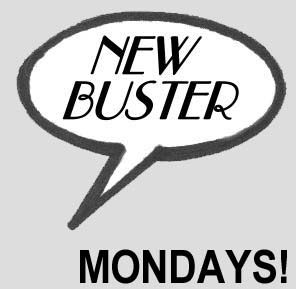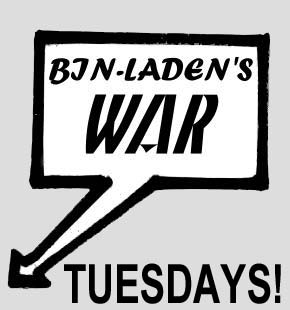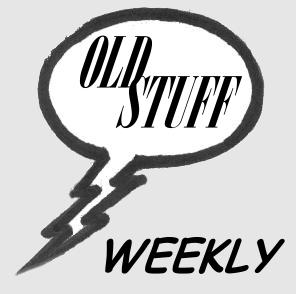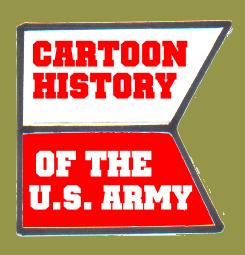
BUSTER KEATON, DOUGHBOY
 ______A wave of volunteers rushed to join the United States Army when America declared war on the Central Powers. One of the volunteers was a successful movie star destined to become a comedy legend.
______A wave of volunteers rushed to join the United States Army when America declared war on the Central Powers. One of the volunteers was a successful movie star destined to become a comedy legend.
______By 1918 Buster Keaton had already carved out a niche for himself doing silent comedy shorts. Under the tutelage of another great comedian, Fatty Arbuckle, Buster's star was clearly rising. Financially, he was set by the standards of the day. He had a great career going but he risked it to serve his country.
 ______Some well-to-do men tried to wrangle commissions, somehow thinking that being an ordinary soldier was beneath them. Buster didn't even consider a commission. He just wanted to get over to France and do his bit.
______Some well-to-do men tried to wrangle commissions, somehow thinking that being an ordinary soldier was beneath them. Buster didn't even consider a commission. He just wanted to get over to France and do his bit.
______He was assigned to the 40th Division and was soon at Camp Kearney, California. Known as the "Sunshine Division," the 40th was soon deployed to Camp Mills in New York, where it was prepared for embarkation, first to England and then to France.
______Buster arrived in France in the Fall of 1918. Living conditions for soldiers were primitive and Buster almost lost his hearing due to an ear infection. He almost lost his life when he failed to hear the challenge of a sentry, or the sentry pulling the bold of his rifle. Fortunately, Buster sensed something was wrong and froze in mid-stride... then again, it might have just been funnier that way.
______Buster managed to keep his fellow soldiers in stitches, a skill not lost on his officers. He was promoted to Corporal and he was put in charge of a group of soldiers known as the "Sunshine Players." Buster called the "22 men who could do something," and they traveled around the 40th Division putting on shows including a snake dance routine by Buster himself, inspired by an act he had seen while in Vaudeville.
 ______The Armistice was declared on November 11th, 1918, but Buster had made himself indispensible when it came to entertaining the troops. He remained in Europe until February 20th, 1919, well after most of his buddies were gone. While waiting to go home he arranged for tours of the trenches and battlefields of the Western Front.
______The Armistice was declared on November 11th, 1918, but Buster had made himself indispensible when it came to entertaining the troops. He remained in Europe until February 20th, 1919, well after most of his buddies were gone. While waiting to go home he arranged for tours of the trenches and battlefields of the Western Front.
______Demobilized and back in the States, Buster was able to pick up where he left off. In fact, after making a few more films with Arbuckle he started his own production company, The Buster Keaton Studios.
______Buster did many classic silent comedies, including The Navigator, Sherlock Jr., the General and College. He was the greatest movie comedian of the 1920s but he never forgot his experiences during the Great War. In 1930 he made Doughboys, much of which was inspired by Buster's experiences in the Army and the rest of which came from Buster's comedic genius.
______
WHAT WAS THE MAGINOT LINE?







 ______A wave of volunteers rushed to join the United States Army when America declared war on the Central Powers. One of the volunteers was a successful movie star destined to become a comedy legend.
______A wave of volunteers rushed to join the United States Army when America declared war on the Central Powers. One of the volunteers was a successful movie star destined to become a comedy legend. ______Some well-to-do men tried to wrangle commissions, somehow thinking that being an ordinary soldier was beneath them. Buster didn't even consider a commission. He just wanted to get over to France and do his bit.
______Some well-to-do men tried to wrangle commissions, somehow thinking that being an ordinary soldier was beneath them. Buster didn't even consider a commission. He just wanted to get over to France and do his bit. ______The Armistice was declared on November 11th, 1918, but Buster had made himself indispensible when it came to entertaining the troops. He remained in Europe until February 20th, 1919, well after most of his buddies were gone. While waiting to go home he arranged for tours of the trenches and battlefields of the Western Front.
______The Armistice was declared on November 11th, 1918, but Buster had made himself indispensible when it came to entertaining the troops. He remained in Europe until February 20th, 1919, well after most of his buddies were gone. While waiting to go home he arranged for tours of the trenches and battlefields of the Western Front.